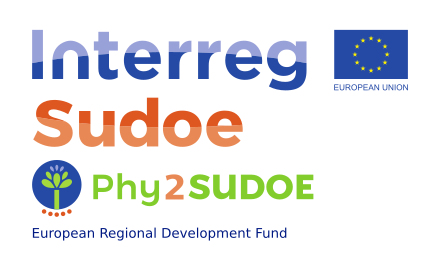19 Oct Artículo en Environmental Science and Pollution Research
Título
Potential ability of tobacco (Nicotiana tabacum L.) to phytomanage an urban brownfield soil
Datos de la publicación:
Eliana Di Lodovico, Lilian Marchand, Nadège Oustrière, Aritz Burges, Gaelle Capdeville, Régis Burlett, Sylvain Delzon, Marie-Pierre Isaure, Marta Marmiroli & Michel J. Mench
Environ Sci Pollut Res. doi: 10.1007/s11356-021-16411-y
Resumen (en inglés)
The ability of tobacco (Nicotiana tabacum L. cv. Badischer Geudertheimer) for phytomanaging and remediating soil ecological functions at a contaminated site was assessed with a potted soil series made by fading an uncontaminated sandy soil with a contaminated sandy soil from the Borifer brownfield site, Bordeaux, SW France, at the 0%, 25%, 50%, 75%, and 100% addition rates. Activities of sandblasting and painting with metal-based paints occurred for decades at this urban brownfield, polluting the soil with metal(loid)s and organic contaminants, e.g., polycyclic aromatic hydrocarbons, in addition to past backfilling. Total topsoil metal(loid)s (e.g., 54,700 mg Zn and 5060 mg Cu kg−1) exceeded by seven- to tenfold the background values for French sandy soils, but the soil pH was 7.9, and overall, the 1M NH4NO3 extractable soil fractions of metals were relatively low. Leaf area, water content of shoots, and total chlorophyll (Chl) progressively decreased with the soil contamination, but the Chl fluorescence remained constant near its optimum value. Foliar Cu and Zn concentrations varied from 17.8 ± 4.2 (0%) to 27 ± 5 mg Cu kg−1 (100%) and from 60 ± 15 (0%) to 454 ± 53 mg Zn kg−1 (100%), respectively. Foliar Cd concentration peaked up to 1.74 ± 0.09 mg Cd kg−1, and its bioconcentration factor had the highest value (0.2) among those of the metal(loid)s. Few nutrient concentrations in the aboveground plant parts decreased with the soil contamination, e.g., foliar P concentration from 5972 ± 1026 (0%) to 2861 ± 334 mg kg−1 (100%). Vulnerability to drought-induced embolism (P50) did not differ for the tobacco stems across the soil series, whereas their hydraulic efficiency (Ks) declined significantly with increasing soil contamination. Overall, this tobacco cultivar grew relatively well even in the Borifer soil (100%), keeping its photosynthetic system healthy under stress, and contaminant exposure did not increase the vulnerability of the vascular system to drought. This tobacco had a relevant potential to annually phytoextract a part of the bioavailable soil Zn and Cd, i.e., shoot removals representing here 8.8% for Zn and 43.3% for Cd of their 1M NH4NO3 extractable amount in the potted Borifer soil.

